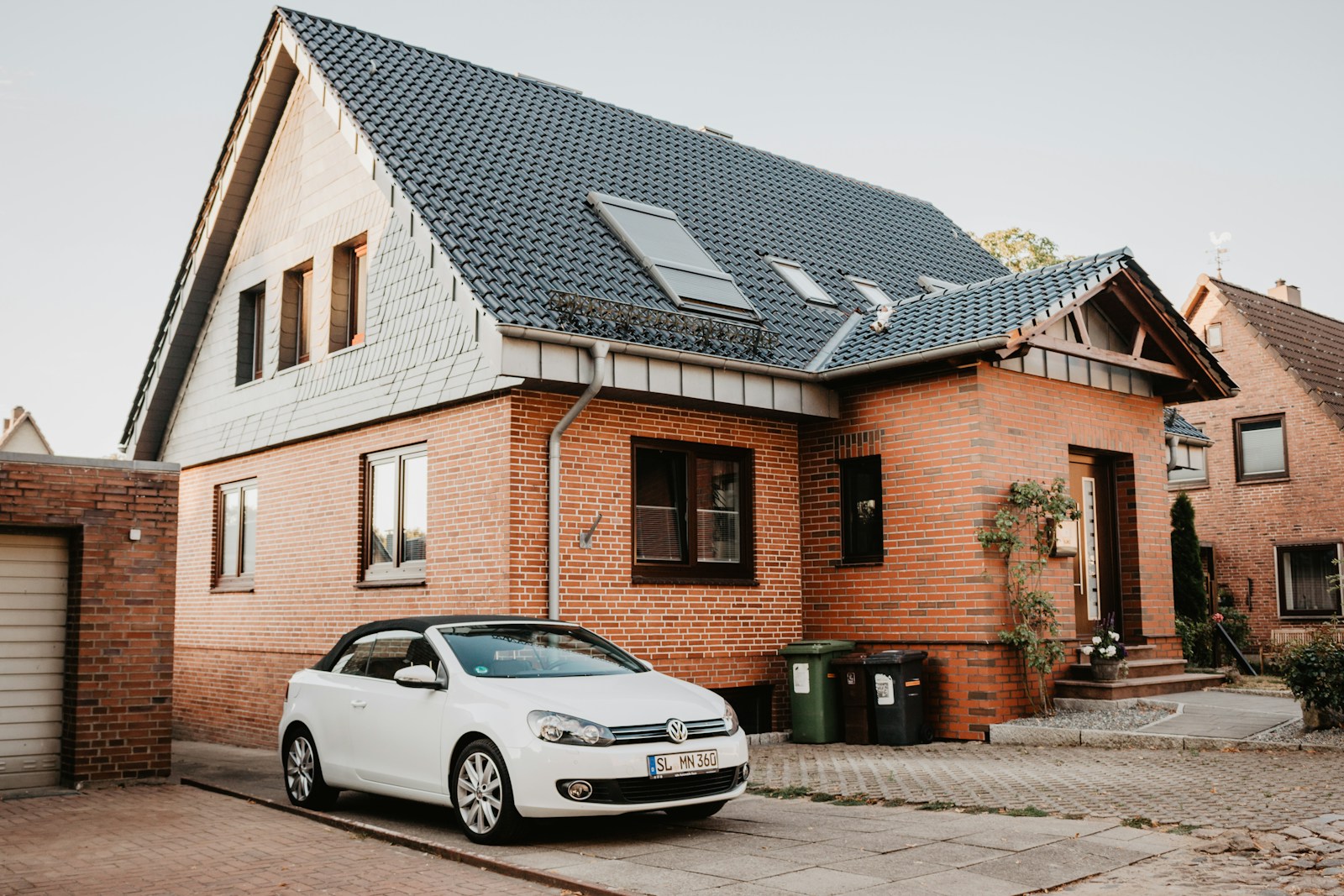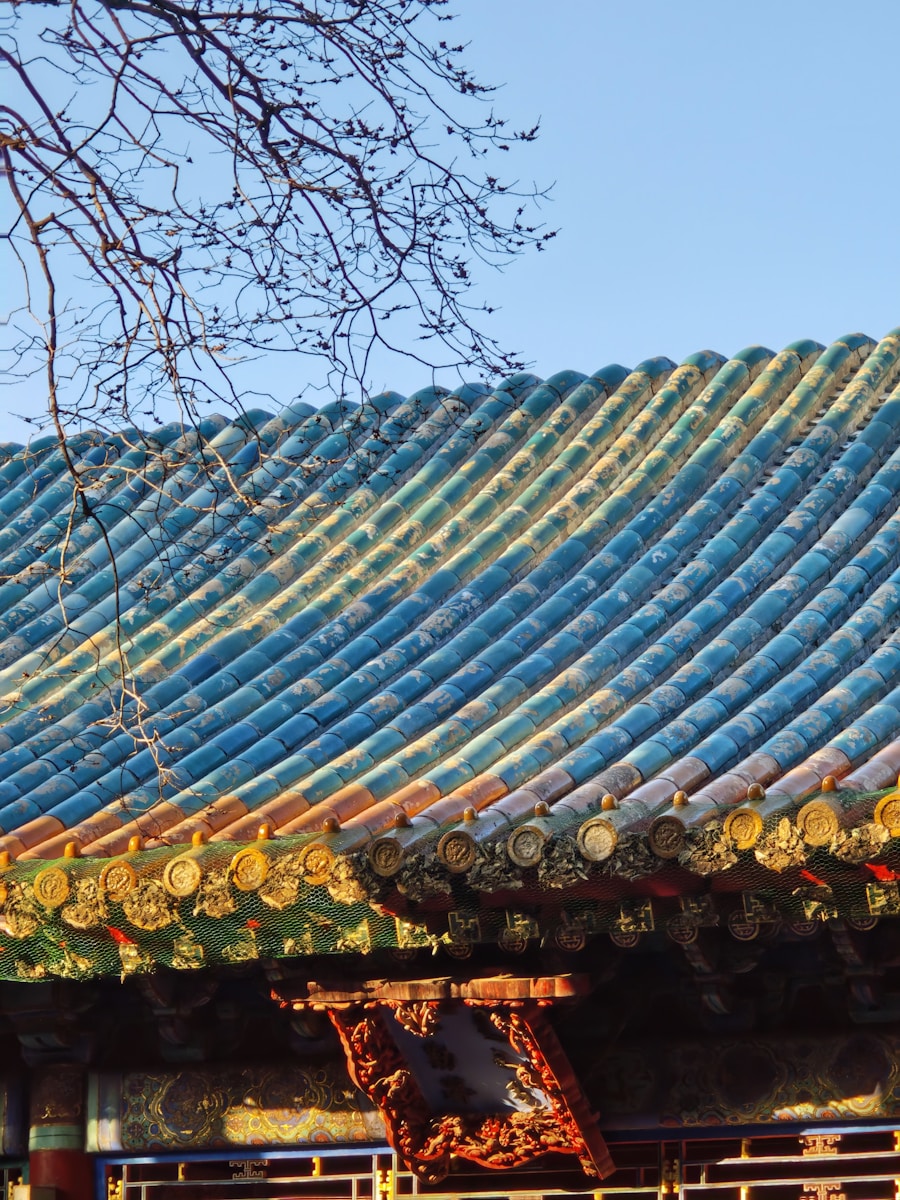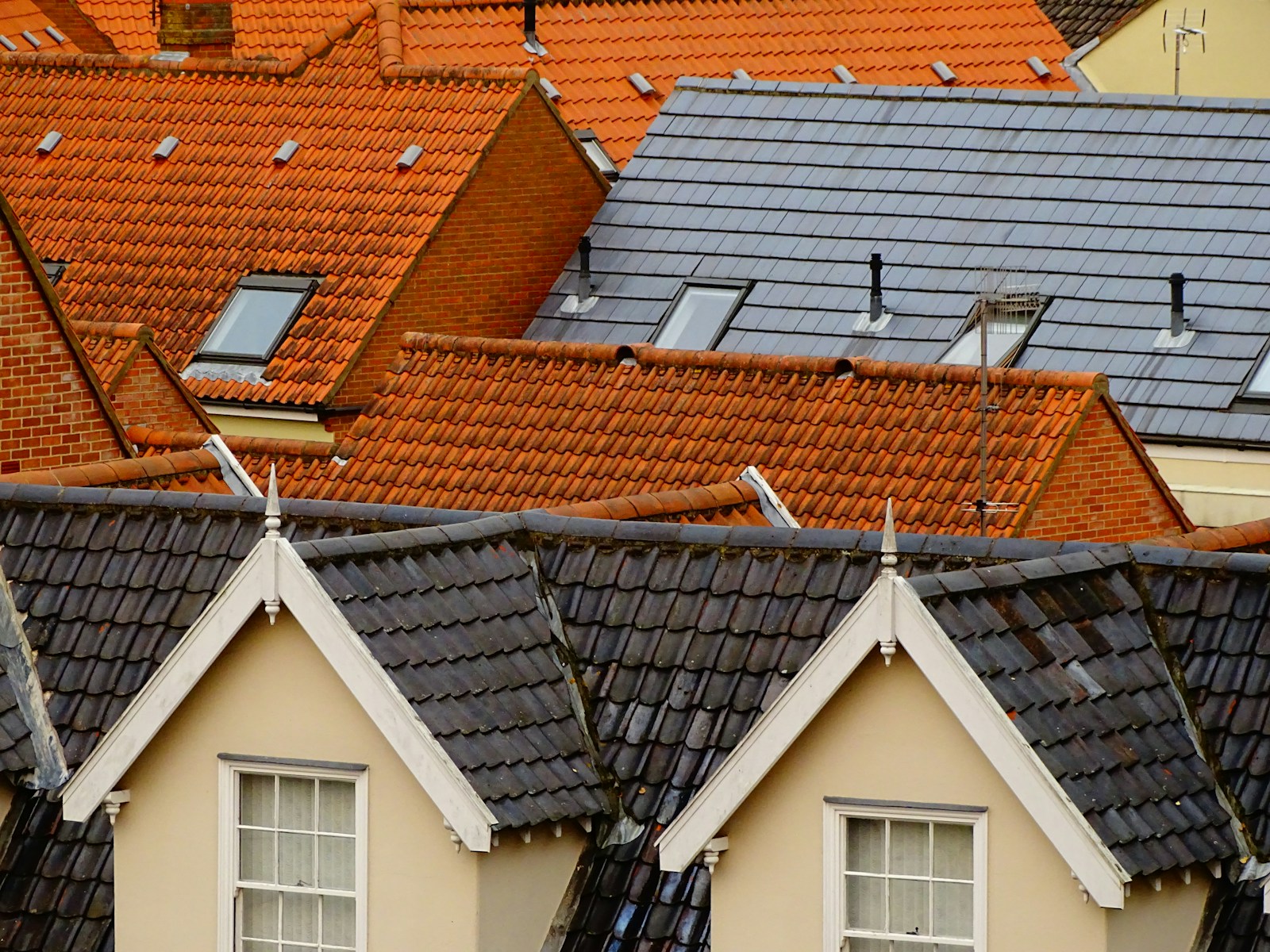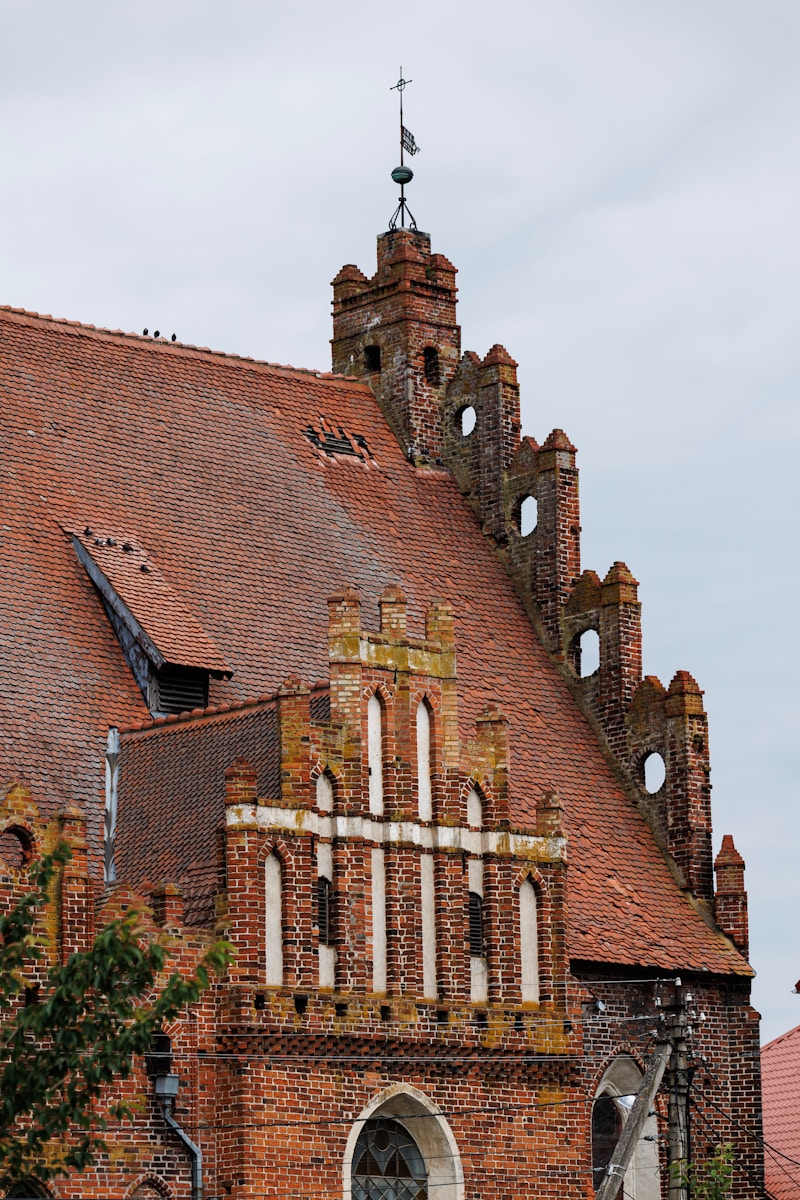Okay. So. Roofs. Flat ones, mostly. The kind where water likes to throw little parties and UV rays come uninvited, setting the whole thing ablaze inch by inch over time. There’s this silent slow-kill happening up there that nobody really talks about until it’s either dripping or the ceiling’s got a weird yellow spot that smells like soggy socks.
But here’s where it gets squiggly — and I mean that in the best way. Some coatings, believe it or not, can heal themselves. Kinda like Wolverine but not quite that fast or flashy. Still, impressive. And not fiction.
Let’s mess around in the details, yeah?
UV Damage Ain’t Just About Sunburns
Sun feels good on your back when you’re holding a cold drink. But on your roof? Not so much. Those UV rays — they’re chewing on membranes like termites at a wood buffet. You won’t notice at first. The damage creeps. Like that one ant who finds the sugar first and suddenly it’s a full parade.
Most common roof membranes — think TPO, EPDM, or PVC — they don’t exactly scream durability under UV unless someone’s watching ‘em like a hawk. Over time, you got chalking, embrittlement, and microcracks. The kind of stuff that lets water sneak in like it owns the place.
So now you’ve got heat, UV, water — the usual suspects. All ganging up on a once-pristine white surface that’s now… well, not pristine.
To appreciate the threat posed by UV rays, we first need to understand what they are. UV rays are part of the invisible light spectrum, and while they constitute only a tiny portion of the sun’s rays, they are extremely powerful. There are three types of UV rays – UVA, UVB, and UVC, but only UVA and UVB reach the Earth’s surface, with the latter being the most destructive to our roof. UV rays can damage roofs in two ways – physical and chemical. On a physical level, UV rays cause the shingles to dry out, crack, and become brittle over time. Chemical changes occur when UV exposure breaks down asphalt molecules, causing them to lose their protective properties. This means the shingle will no longer effectively resist water absorption or block out UV rays, which can lead to premature aging and deterioration.
https://www.rubberized.com/uncovering-the-damage-of-ultraviolet-rays-on-roof-and-what-you-can-do-about-it/
The Goo That Mends Itself (Sorta Like Magic, But Science-y)
Enter the coatings. Not all of them — let’s not go slapping that label on everything in a bucket. But some, yes, some are engineered with polymer chains that do this weird thing where, when exposed to heat (like, say, sunshine — that rascal), they wiggle around and… kinda reattach themselves. Not in a grand, fireworks way. More like glue you didn’t know was glue until you touch it and it sticks.
There’s this family of materials — let’s keep the big word here: thermoplastic elastomers — that can reflow when damaged. Picture (wait, don’t, we said not to use that) — just… think of a scratch getting smaller every time the sun hits it. Not disappearing instantly, but pulling itself together, like a tired rubber band refusing to snap.
Thermoplastic elastomers has a place within a class of copolymers or a physical blend of polymers (typically plastic and elastic) which are comprised of the materials with both elastomeric and thermoplastic properties, that is the reason they are otherwise called thermoplastic rubbers. Traditional elastomers can’t give the scope of physical properties required for the item, where thermoplastic elastomers are utilized. These materials find noticeable application in the family machines area and in the car segment. They are likewise utilized for catheters and perfect for patients where copolymers of a nylon square offer a scope of delicate quality. Styrene square copolymers are generally utilized as glues and in shoe soles for their effortlessness.
https://www.sciencedirect.com/topics/materials-science/thermoplastic-elastomer
Some coatings even include microcapsules that burst open when a scratch or cut happens. Inside? A healing agent. Some goo or resin or thing-that-binds. It leaks out, reacts with air or light or something molecular, and poof — small fix.
Not a replacement for full membrane repair, obviously. It’s not Jesus-on-the-roof. But it buys time. Slows the rot.
The Weird Stuff People Don’t Really Advertise
Now here’s where it gets chewy. Some coatings actually work better the more UV they get. Like… their healing gets triggered faster in stronger sun. Backwards, right? Most materials get cooked and brittle, but these ones? They loosen up. Stretch. Fill gaps. Shrink back down at night like a sleeping animal.
They don’t put that on the label in big letters though, because well — lawyers probably. Or maybe people just wouldn’t believe it. But it happens. Especially with silicone-based or hybrid polyurethanes. They’ve got this behavior that’s… responsive. Reactive, in a non-explosive way.
There’s even been weird offshoots of this tech that pull water vapor out of the air to help the healing process. Like it’s not enough that the sun helps, but now rain is your friend too? Irony laughs in puddles.
The Part Where You Think It’s Fixed But It’s Not Really
Okay, don’t go running up on the roof yelling “It heals itself!” like a rooftop evangelist. It ain’t a miracle cure. It’s more like… a band-aid that re-sticks. A slow-motion fix. If there’s a full-blown hole or the seams are cooked through, coatings won’t patch your sins away.
Also, stuff like bird droppings, standing water for weeks, or weird chemical runoff from an overenthusiastic HVAC system? Those mess with the coating’s ability to even try.
Plus — and this is a kicker — many of these coatings can only heal a few times. After a point, the polymer chains give up. They stop being stretchy friends and become sad noodles. You’ll still need a roofer eventually. Sorry.
Where the Research Gets Real Weird (and Kinda Fun)
Some labs are playing with shape-memory materials — the kind that remember their original shape and try to bounce back like stubborn couch cushions. They get scratched, heated, then shudder slightly and smooth themselves out. Real thing. Look up the University of Illinois study from a few years ago. They were making microvascular systems inside coatings — like tiny blood vessels — that carried healing liquid to damaged areas.
“What mastic sealant material should we use, what’s the best, silicone v hybrid polymer?” As a supplier, we’re asked this on a daily basis and the truth is, it’s a subjective question, it’s literally become a straight up choice of one or the other these days. As with any specialist trade, manufacturers at every level continuously research and develop technologies for their materials to better suit the current and future marketplace, always guided by raw material costs but also, more recently, with a heavy focus on the ecological impact the finished products have on the environment.
https://www.county.construction/mastic-sealant-help/silicone-v-hybrid-polymer/
Felt kinda sci-fi, honestly. But that’s the direction roofing might crawl toward.
A few companies are even embedding carbon nanotubes in their coatings. Why? Eh, conductivity, energy storage, maybe just to say they can. Some of it’s useful. Some of it’s marketing. Hard to tell these days.
Bottom Line? Roofs Are Getting Smarter. Kinda.
It’s not that we suddenly cracked the code on immortality for roofs. But these coatings — they’re clever. They stall decay. They trick UV into being part of the fix instead of the destroyer. They buy time, which, in roofing, is money, sanity, and fewer buckets in the hallway.
Still gotta inspect. Still gotta reapply sometimes. But between old-school tar patches and full rip-offs, these self-mending coatings are like that friend who always brings duct tape. Never glamorous. But wildly useful.
And maybe that’s enough.
Actually — no, wait. One last thing. These coatings? They’re best friends with white roofs. Reflective surfaces help reduce the heat stress that triggers some of the cracking in the first place. So it’s this weird loop. Heal, reflect, repeat.
Anyway. That’s roofs for you. Quiet wars happening over our heads. And once in a while, the good guys — the coatings — get clever.
Even if nobody claps.





